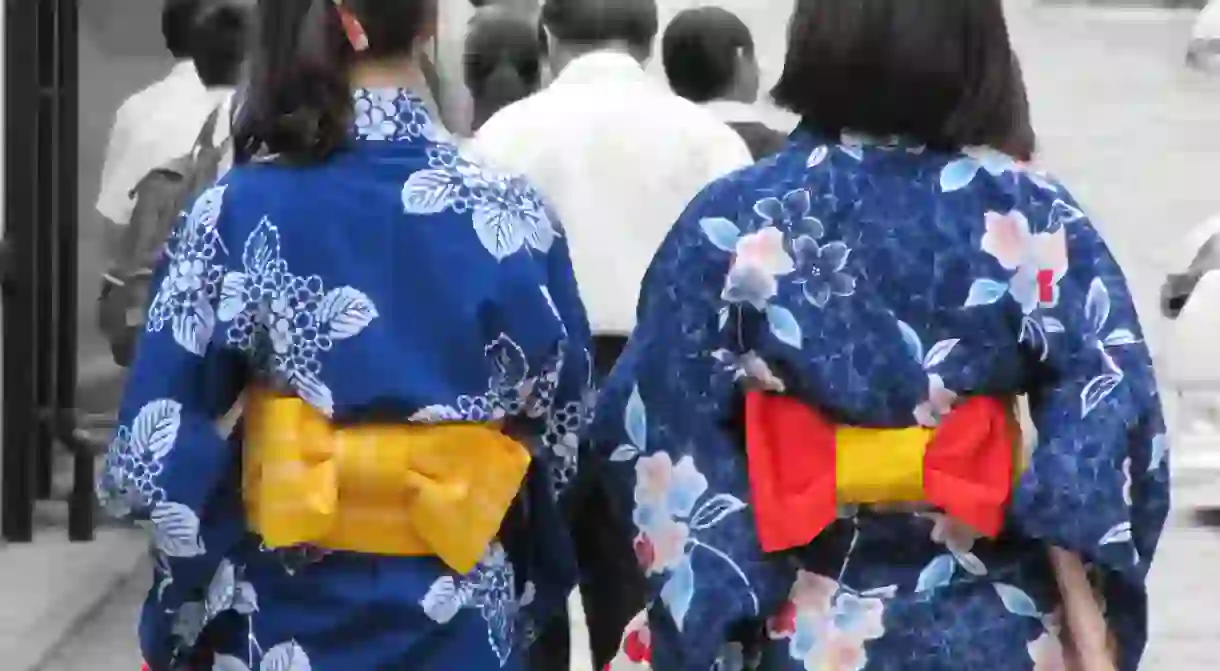A History Of Indigo Dye In Japan In 1 Minute

Indigo dye is one of the oldest dyeing methods in the world, used even in ancient Egypt and China. In Japan, this method dates back to the 10th century, and was used to color everything from yukata and furoshiki, to denim and thread. Learn about the history behind indigo dye in Japan.
In Japan, indigo dye is known as ai-zome. The dye can actually be extracted from a variety of plants, which helps to explain its global popularity. Here, it is extracted from polygonum, a species of flowering plant related to buckwheat. Ai-zome is a strong dyeing process. The deep blue color fades slowly or not at all from porous fabrics such as cotton.
Ai-zome really took off during the Edo Period (1600-1868). When the lower classes were banned from wearing silk, they turned to cotton fabrics to make their clothes. Ai-zome and cotton went very well together, and as a result the trade flourished. Regions with especially large populations of the polygonum plant such as Awa became wealthy, and indigo artisans perfected their patterns, hues and skills.

Today, ai-zome still exists as a craft in Japan, though the number of workshops and skilled artisans is diminishing because of pressure from chemical dye factories and decreased demand. The natural dyeing process is long and arduous. In order to extract the dye, the leaves of the plant must be fermented for a week. Stored in the ground to help moderate temperature, the vat is heated with a mixture of other natural products, like wheat bran and sake (rice alcohol). When it’s ready for dyeing, the artisan soaks, wrings and dries the textile to be dyed. Without the aid of chemicals, these skilled craftsman create dyes and patterns by hand. To achieve the darkest of indigo blues, the fabric can be dyed as many as forty times.
Traditional, naturally-dyed indigo products are available at the Aki-Oka Artisan shop in Tokyo. They come from artisans from around Japan, including the family-owned Ai-no-Yakata workshop in Ohara.
📅 Open 11AM – 7PM daily, closed on Wednesdays













